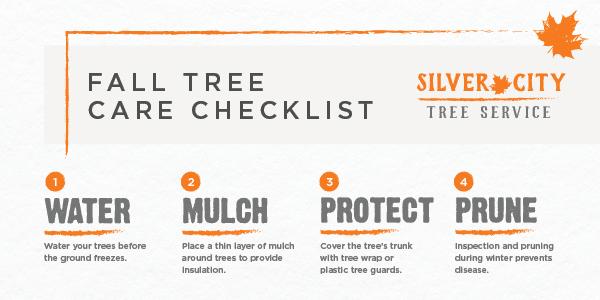Tree Removal Aftercare: Best Practices For Landscape Recuperation
Tree Removal Aftercare: Best Practices For Landscape Recuperation
Blog Article
Content Writer-McMillan Leblanc
After a tree's elimination, your landscape may look fairly different, and it's necessary to evaluate the consequences meticulously. mouse click the up coming internet site 'll want to assess the dirt disruption and inspect bordering plants for any type of indications of stress and anxiety. Disregarding these factors can result in bigger problems down the line. So, what should you do with those stumps and origins? And just how do you select the very best plants for your rejuvenated room? Allow's check out these crucial steps.
Evaluating the Results: Examining Your Landscape
After a tree removal, it's crucial to assess your landscape to understand the impact it has on your backyard.
Begin by checking out the area where the tree stood. Seek signs of dirt disruption, and examine the surrounding plants for any kind of tension or damages.
You must also bear in mind of just how the removal has actually changed sunlight exposure and air flow in your yard. This shift can affect the development of nearby plants, so it's essential to examine their health.
Think about the visual facets also; the elimination might produce an open space that you can revamp.
Ultimately, think about any kind of possible disintegration problems that could develop from the tree's absence. Dealing with these elements early will assist recover balance to your landscape.
Handling Stumps and Origins: Choices for Removal
When you have actually examined the consequences of the tree elimination, you'll likely need to tackle the stump and roots left behind.
You have a few alternatives for elimination. mouse click the up coming web site is stump grinding, where a professional utilizes a machine to grind the stump to below ground degree. This method leaves marginal interruption to your landscape.
If you prefer a DIY approach, you can use a mix of excavating and chemical stump removers. Just remember, this procedure can take time and initiative.
Conversely, think about leaving the stump as a natural attribute, which can act as a distinct yard element or environment for wild animals.
Whatever you select, addressing the stump and origins is vital for restoring your landscape.
Selecting the Right Plants for Your New Room
As you evaluate your newly gotten rid of area, selecting the right plants can significantly boost your landscape's beauty and performance.
Beginning by considering the sunlight and soil conditions. For bright locations, go with drought-resistant plants like lavender or succulents. In shaded areas, brushes and hostas thrive well.
Consider the size and development behaviors of your plants; mix perennials and annuals for seasonal range. Do not forget to include indigenous varieties; they need much less maintenance and support neighborhood wild animals.
Team plants in strange numbers for a more natural appearance and produce layers for visual depth.
Ultimately, guarantee you have a mix of colors and appearances to keep your landscape dynamic throughout the periods.
Cheap Tree Trimming Service Near Me growing!
Verdict
In conclusion, restoring your landscape after tree elimination is a rewarding process. By evaluating the after-effects, attending to stumps and roots, and choosing the right plants, you'll create a flourishing setting. Don't neglect to integrate erosion control steps to secure your soil. With a little effort and care, you can change your space right into a vibrant yard that improves your residential or commercial property. Embrace the possibility to revitalize your landscape and enjoy the appeal of nature right in your yard!
